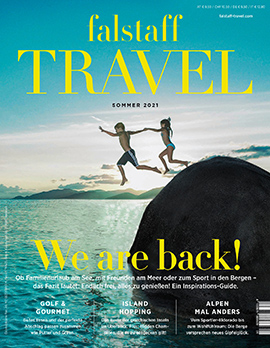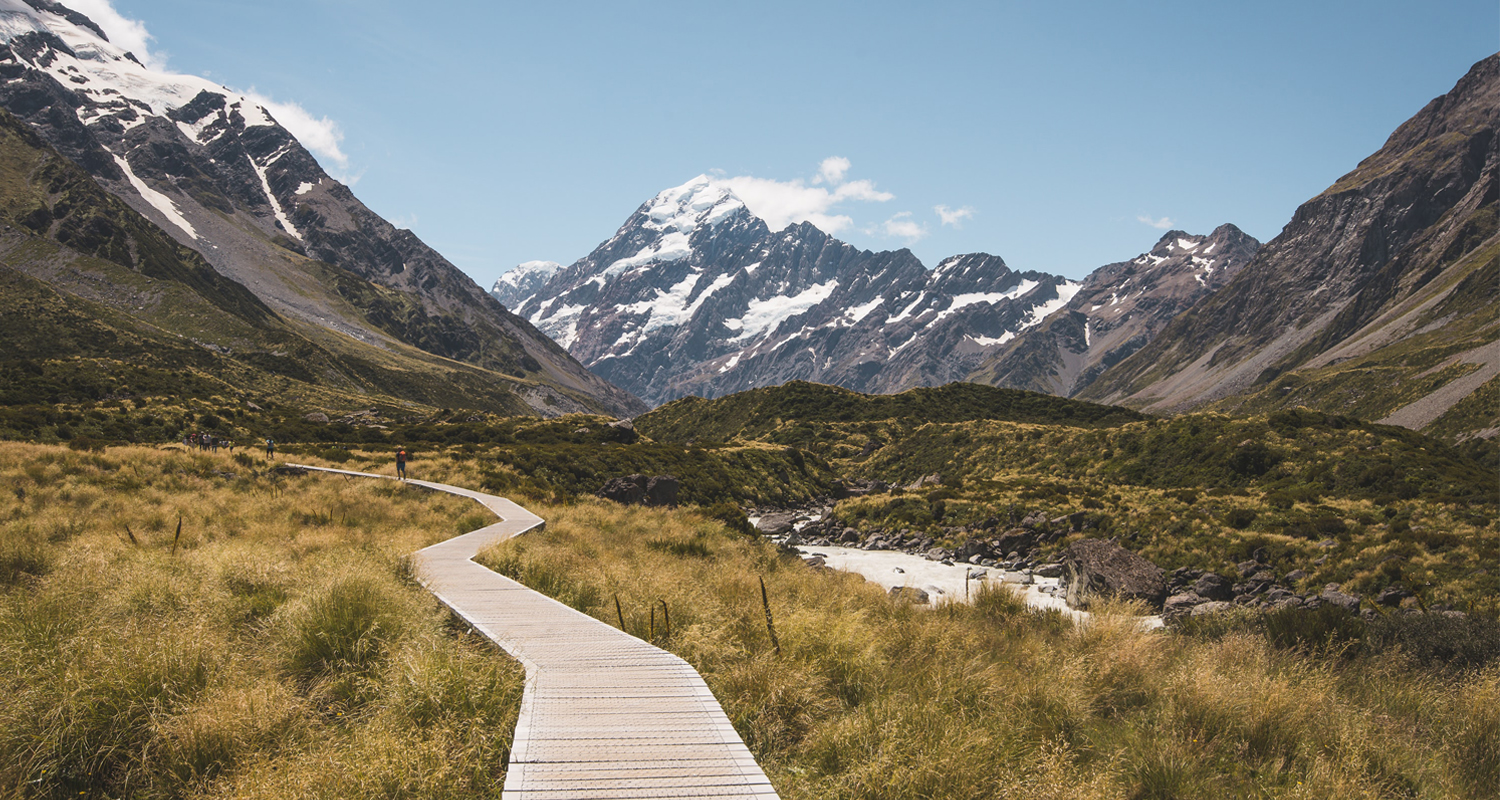
Experience New Zealand: These are the most beautiful spots on the North and South Island
It's not for nothing that New Zealand is a true insider tip. The North and South Island inspire with numerous breathtaking places that could not be more different.
29 October 2021
Now is the optimal time to go to New Zealand and escape the cold. Because spring is just beginning on the island state and nature shows itself from its most beautiful side. Whether mountains scratching the sky, volcanoes, miles of sandy beaches or jungle - those who take the long journey will be rewarded with countless picturesque areas and the epitome of nature. Here we have summarized the most beautiful sights on the North and South Island of New Zealand, which is also called "Aotearoa" by the indigenous Māori.
Auckland: The largest city in New Zealand
Those who start out in the so-called "Northland" usually inevitably begin their journey in the unofficial capital of New Zealand. Opinions are divided on the city, which is a combination of skyscrapers, a sprawling harbor area, a diverse restaurant scene and quiet suburbs: Some want to head straight for the country's green core, while others love the flair of the island nation's largest city. But the city offers its visitors countless leisure opportunities: Stroll along Queens Street, enjoy balmy summer evenings in one of the many restaurants in Viaduct Harbour or Britomart, or take a trip on a ferry to Waiheke Island.
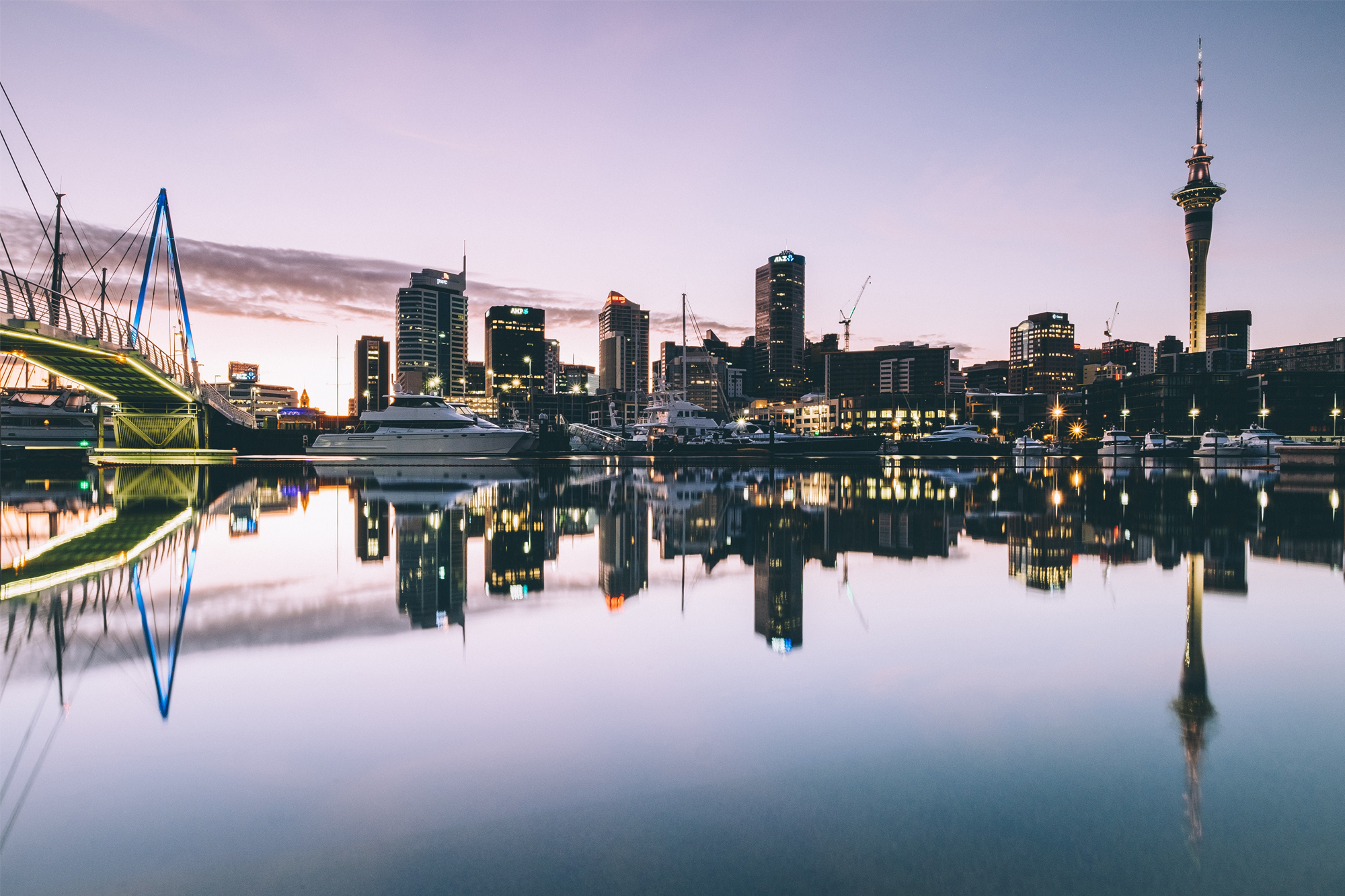
Bay of Islands & Paihia
Another fixture of any New Zealand trip should be the Bay of Islands and the larger town of Paihia, also located north of Auckland. Paihia, also called "the Bay of Blue Islands", is especially known for its scenic beauty and turquoise, crystal clear waters. From Paihia, there are several daily watch boats, with which you can explore the area of the Bay of Islands and often also observe orcas or dolphins. The scenic paradise is very popular with tourists for this reason.
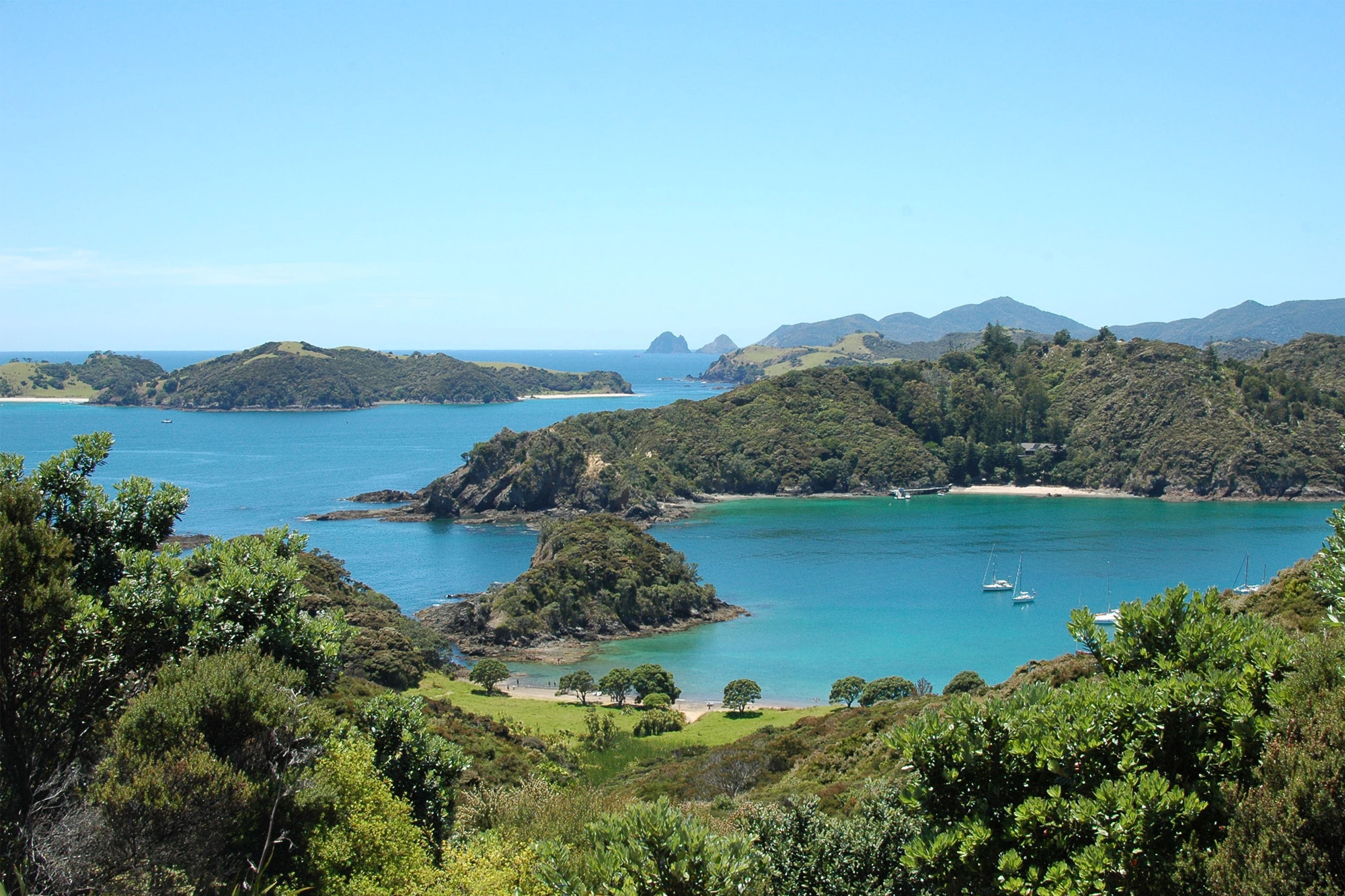
90 Miles Beach & Cape Reinga
At the very top of the north on the west coast, 90 Miles Beach awaits holidaymakers, a sheer endless sandy beach that is ideal for surfers due to its strong gusts of wind. But also the extensive sand dunes form a beautiful photo backdrop. But those who come with a camper van should be careful here: In most cases, driving on the beach is prohibited by rental agreement, as many cars have already gotten stuck there. The very northernmost point is Cape Reinga, which is adorned with a lonely lighthouse and offers a spectacular view over the coast and the ocean. On the way there you hardly meet a soul and can enjoy Cape Reinga mostly in complete solitude.
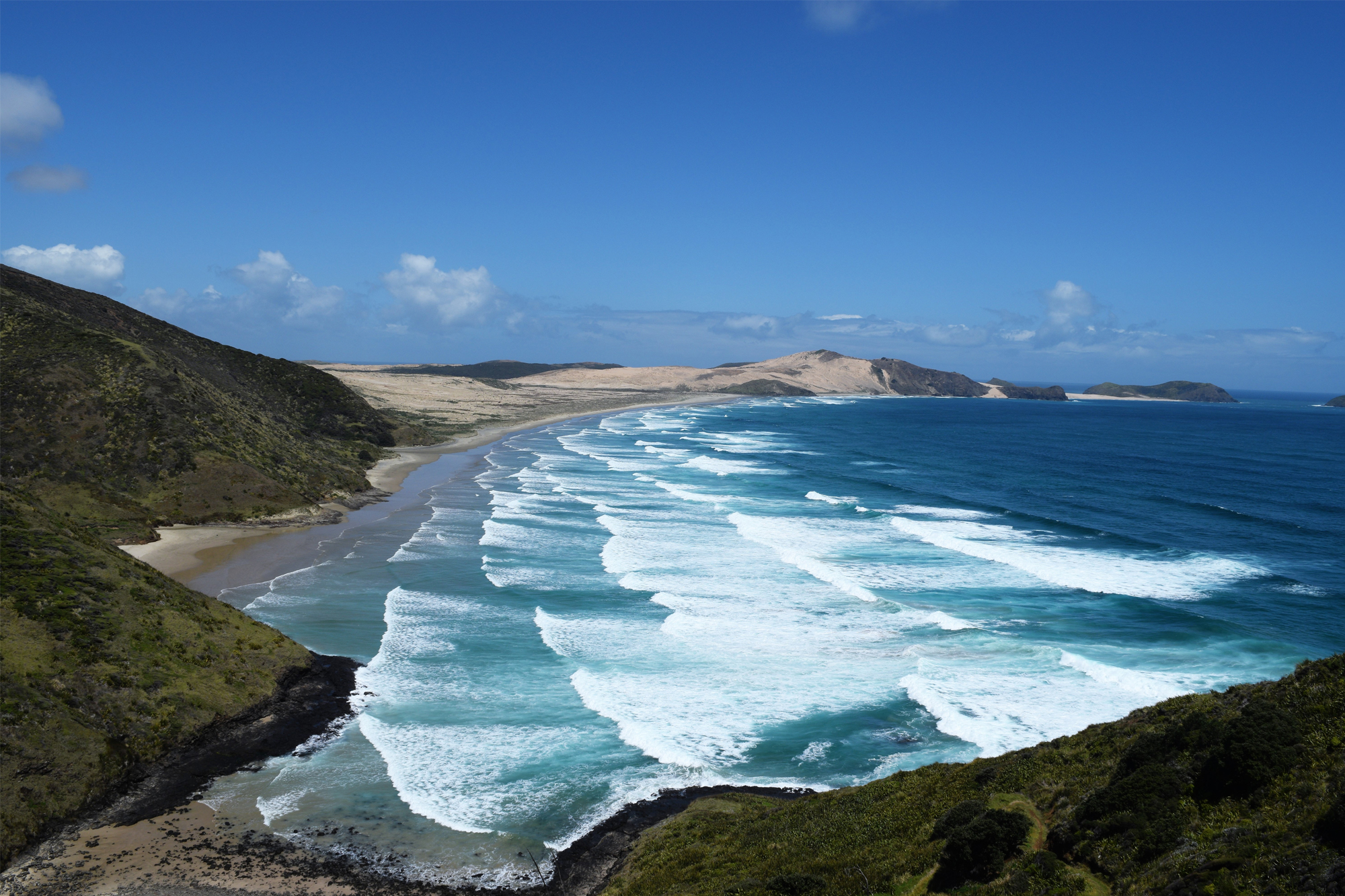
Coromandel
A little further south on the North Island, about two to three hours drive from Auckland, lies the Coromandel Forest Park. Here, it's worth following the winding coastal road by car for the views alone. For even more views, take a ride on the Driving Creek Railway, an old mountain railway that takes visitors up through the lush green forest. From along the way, one is treated to spectacular views of the land here. Another must-see in Coromandel Forest Park is Cathedral Cove. From the car park, a pleasant path leads down to the beach, where you can walk through the cave and enjoy the white sandy beach and turquoise waters.
Check out this post on Instagram
Rotorua
It's not for nothing that New Zealand is known for its scenic diversity: It is also home to one of the largest and most famous geothermal areas in the world, which makes the small, unassuming town of Rotorua one of the most popular destinations in New Zealand. While the town itself isn't bursting with attractions, a visit to one of the many thermal parks is definitely a must. Here, visitors can explore the area on foot, observe geysers, hot springs and bubbling mud holes, and also sense the geothermal activity through their noses - as a slight smell of sulphur is omnipresent here.
Check out this post on Instagram
Taupo & the Tongariro Alpine Crossing
Lord of the Rings fans take note! Now it's off to the heart of Mordor, so to speak, because Taupo is a popular starting point for the famous Tongariro Alpine Crossing. This trek is definitely not for the faint-hearted, because from the base camp in Taupo you will head to the starting point of the hike, which takes around six to eight hours. Sturdy shoes and warm clothes are definitely a must here! However, you will be richly rewarded for the effort: volcanoes, craters and turquoise-blue mountain lakes such as Emerald Lake make the hike a real experience. Shuttle buses are available for the journey back to base camp.
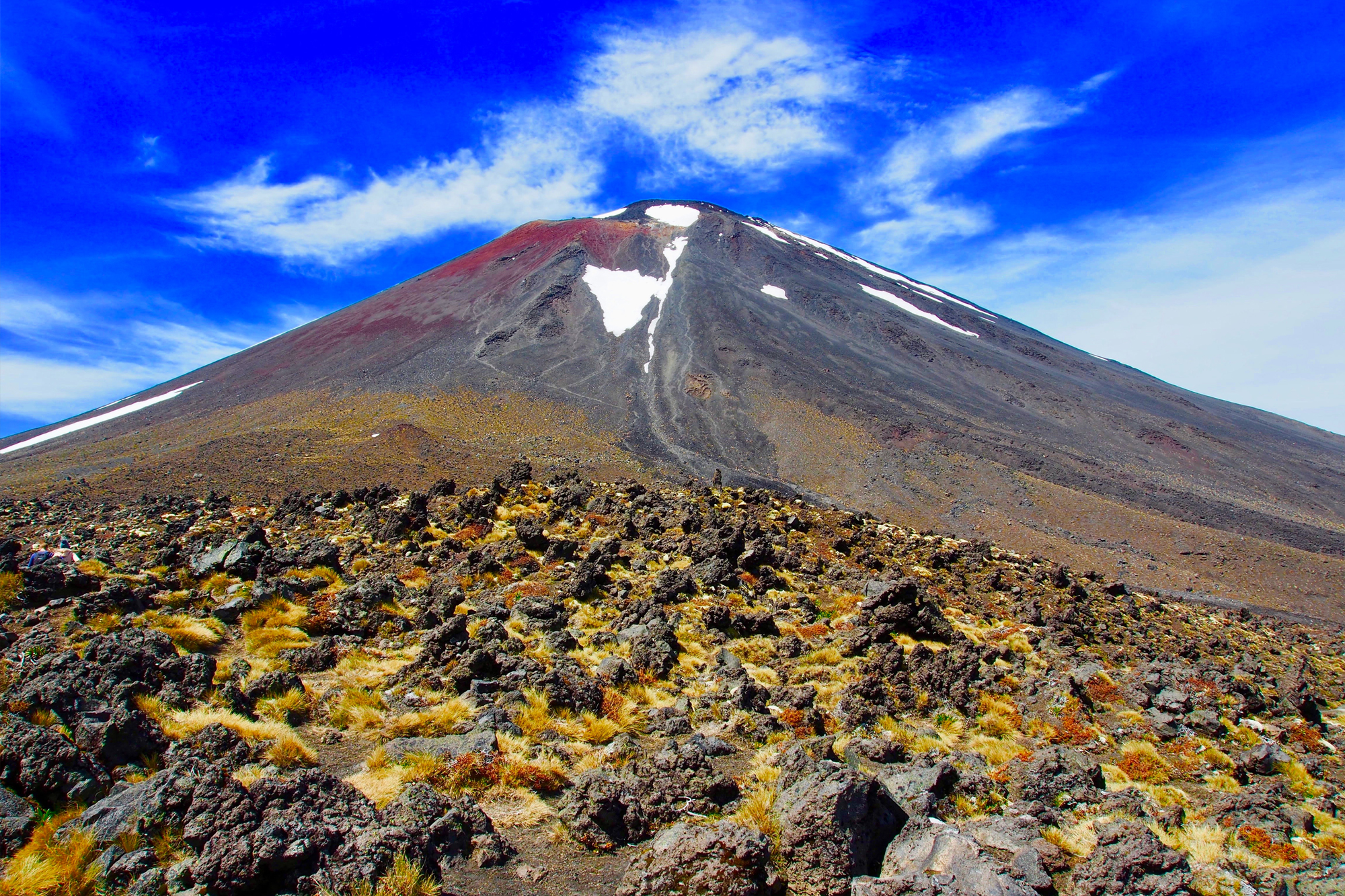
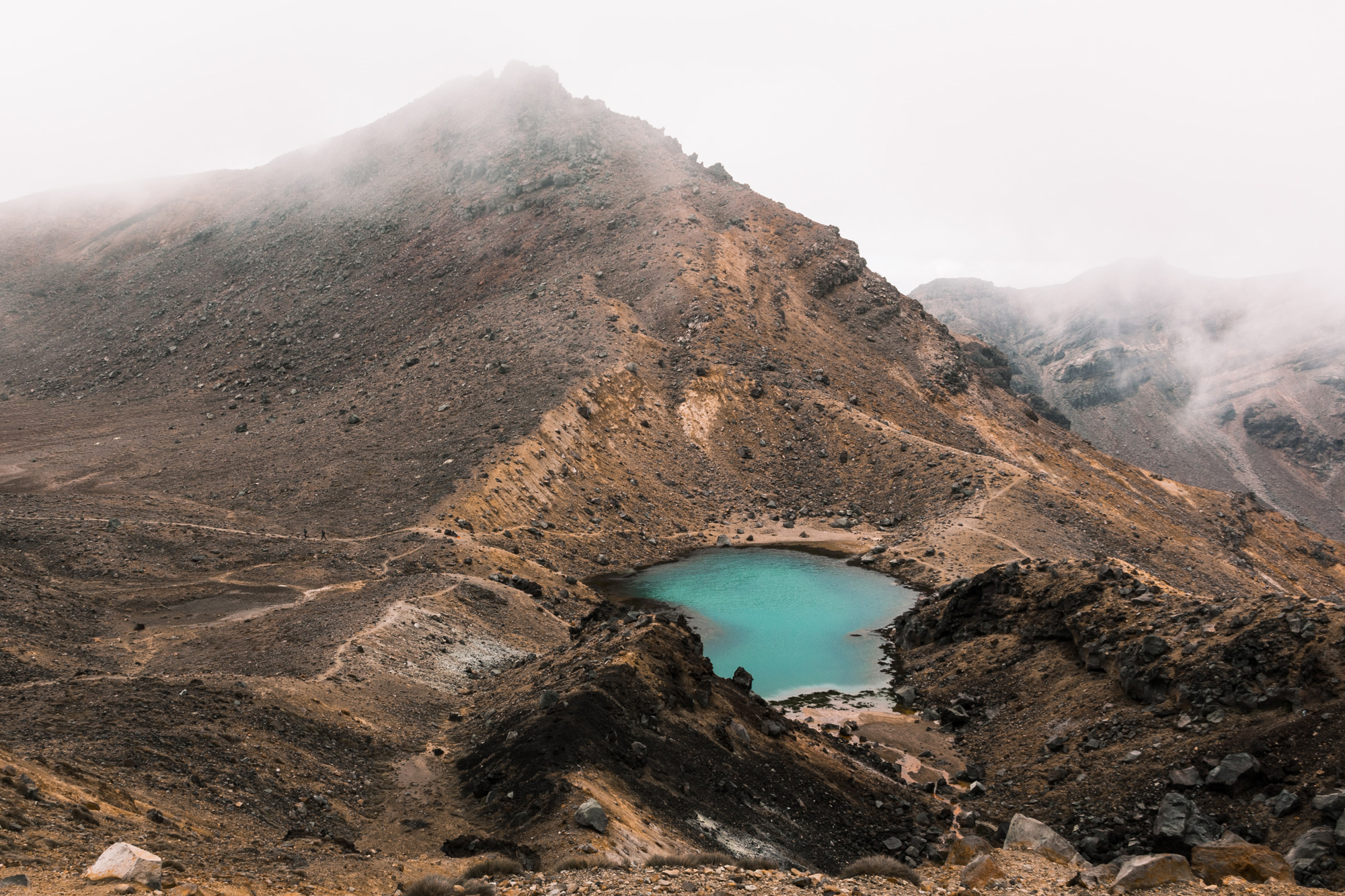
Kaiteriteri & the Abel Tasman National Park
Whoever has less time available and can therefore only look at one of the two islands of New Zealand, definitely misses out. Because when you think that it can't be more beautiful, the South Island comes and bristles with eye candy. Way up in the north of the South Island, one of the first must-sees is the Abel Tasman National Park. This is the smallest national park in New Zealand in terms of area, but it can't be beat for golden beaches and small bays. A large part of the area is only accessible by water, so it is a good idea to explore the area with a kayak tour. On the one hand you get to see the coast from its most beautiful side, on the other hand you also have the opportunity to observe wildlife such as the rare Blue Penguin.
Check out this post on Instagram
Puponga & Farewell Spit
The northernmost point on the South Island is a sandy spit about 34 kilometres long, with a lighthouse perched on top. The area around the so-called Farewell Spit has been an internationally recognised bird sanctuary since the 1930s and it is well worth taking time to explore the area. Visitors will not only find all manner of rare bird species, but are also very likely to spot a seal or two, as well as miles of dunes and rolling hills. The largest town in the remote landscape is Puponga, where you'll find plenty of opportunities for horse treks along Golden Bay. Not only is this a unique experience, but it's a great option for exploring the vast area.
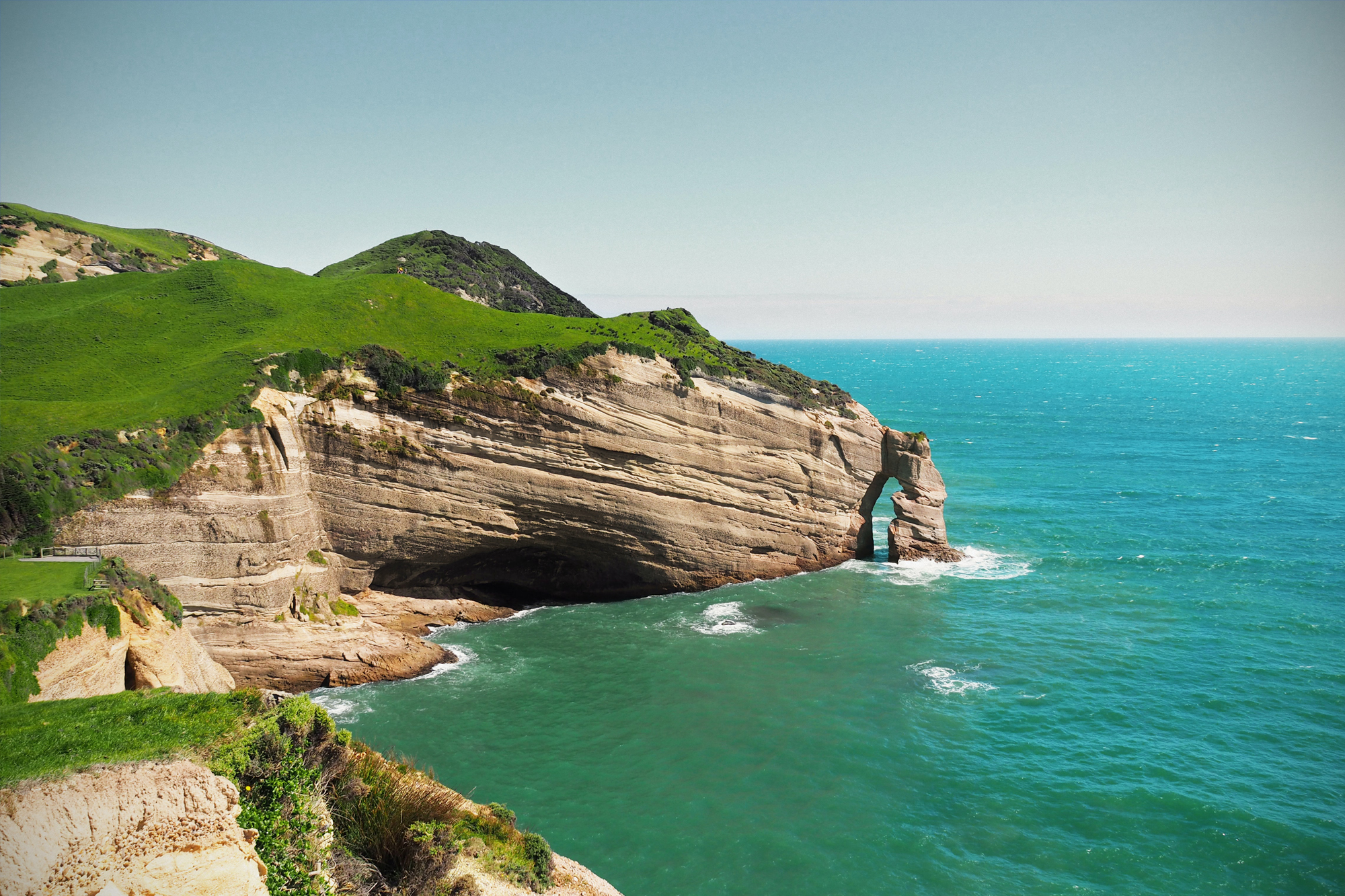
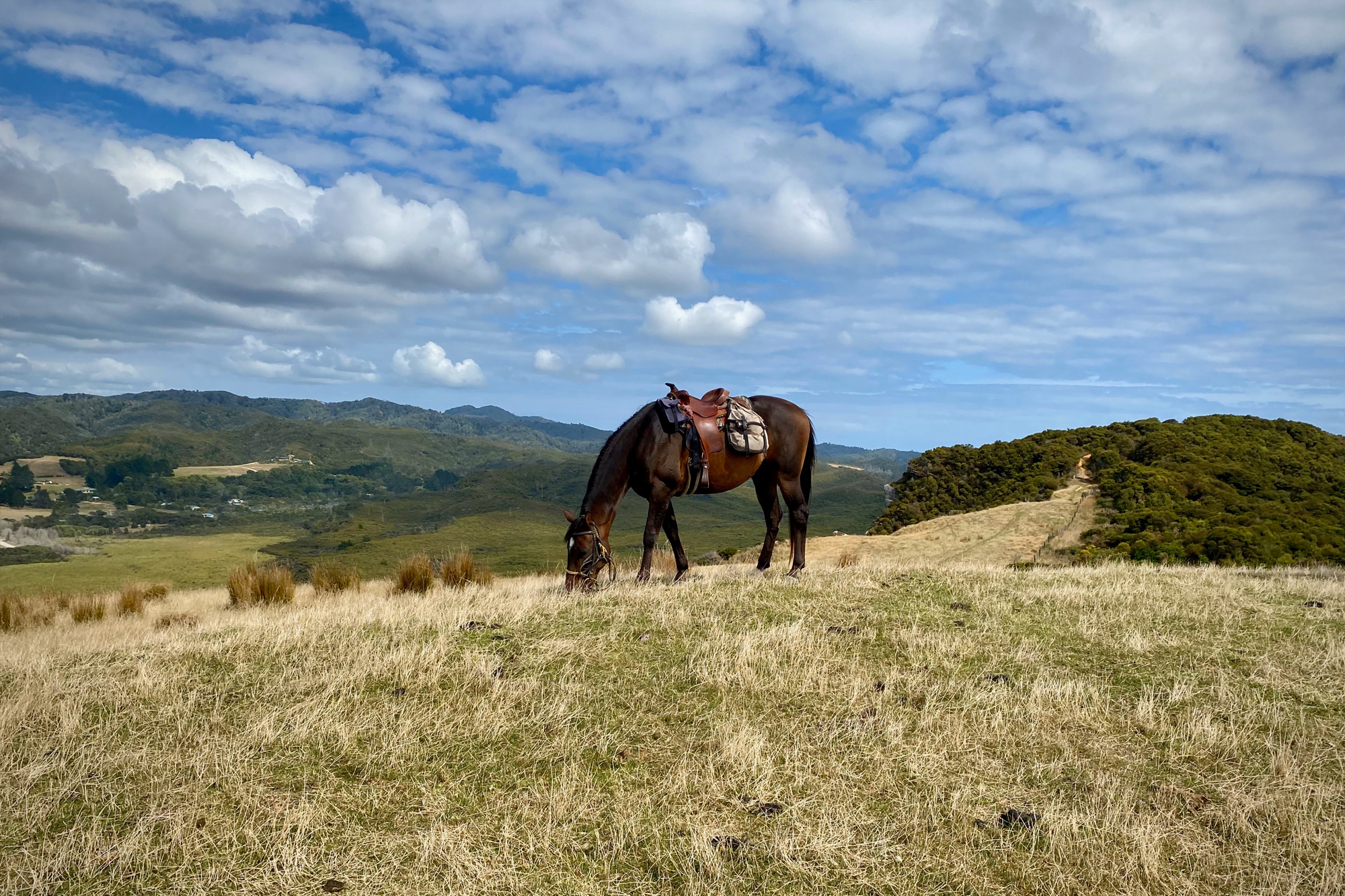
Franz Josef Glacier & Fox Glacier
The South Island can also score with high mountains. Two world-famous glaciers are located there: the Franz Josef Glacier and the Fox Glacier. Both glaciers are relatively close to each other and it offers to look at them with a helicopter flight with snow landing. If you don't want to do that, you can also walk the way to the glacier tongue. At the Franz Josef Glacier, the starting point for the tour is a little outside the place Franz-Josef-Village, where one can hike for approximately 1,5 hours through the breathtaking glacier valley. This is densely overgrown and one hikes through the beautiful rain forest, past waterfalls and over-mossed stone landscapes up to the view point. Also at the Fox Glacier, which is approximately 3,000 metres high and stretches 13 kilometres down to the rainforest at an altitude of 300 metres, there is a hiking route of approximately one hour to the glacier tongue. The route is easy to do and well worth it, as few glaciers in the world are as easy to reach as this one.
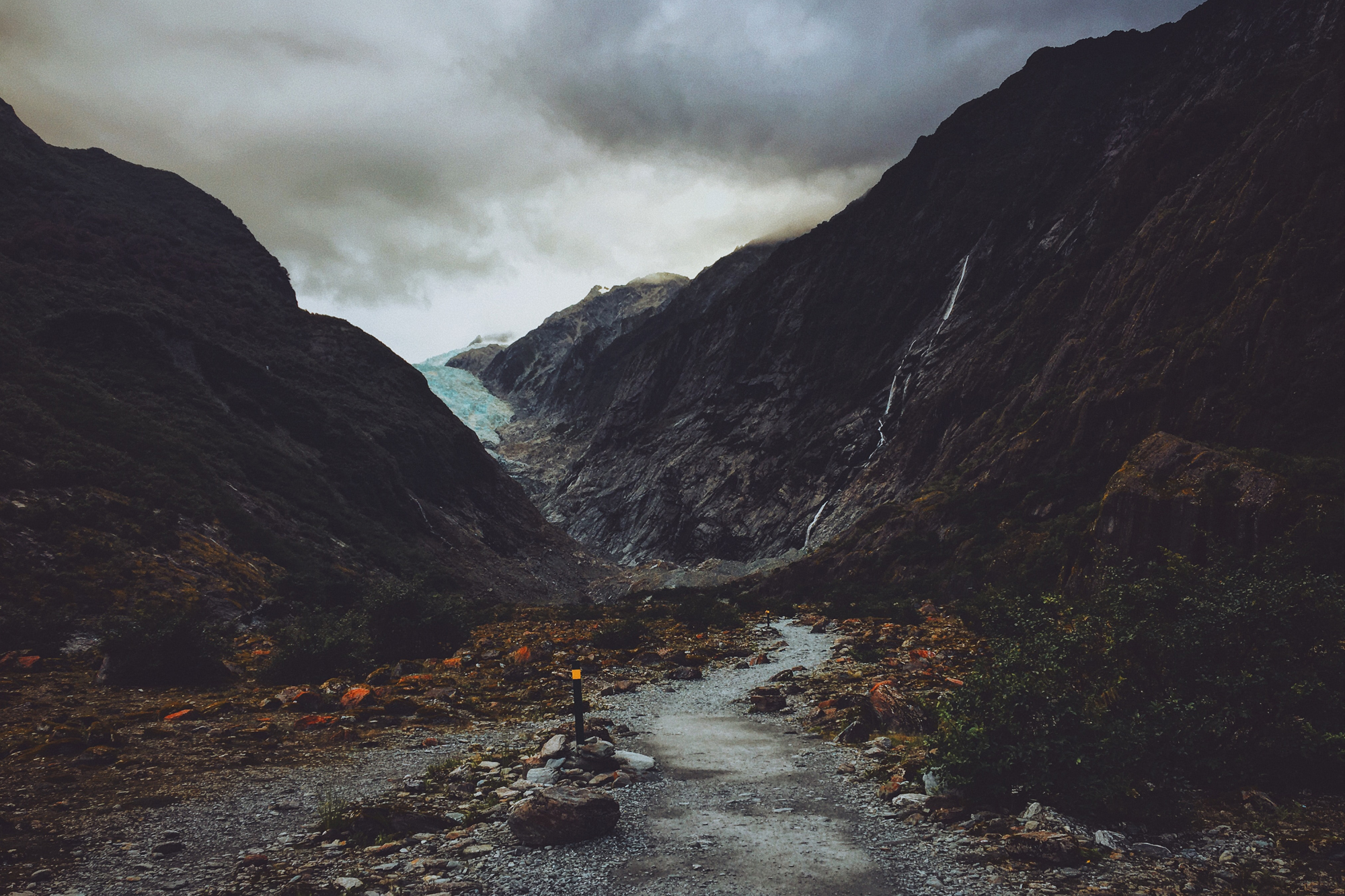
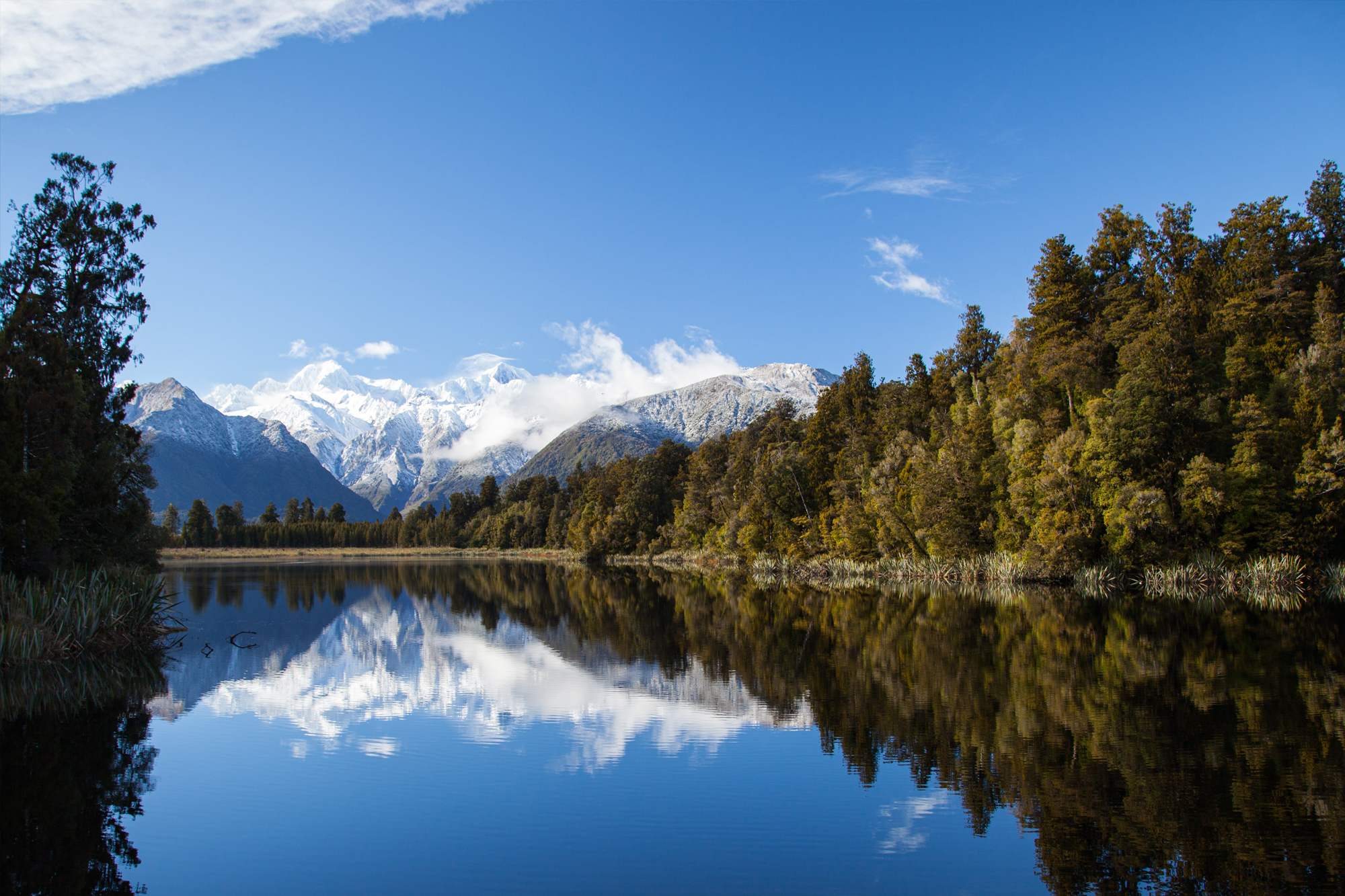
The Fjordland: Te Anau, Doubtful Sound & Milford Sound
A very famous place before the Fjordland is Te Anau. This is not only because the famous Milford Sound Highway (SH 94) to the so-called king of the fjords, the Milford Sound, starts from there, but also because of the Te Anau Glowworm Caves, which are indescribably beautiful. You start with a drive over Lake Te Anau before you are guided through the cave system and experience magical moments in the Glowworm Cave. If you then take the 2.5 hour drive to Milford Sound, you get everything that New Zealand is about: mystical landscapes, imposing mountain ranges and spectacular wildlife. On the last third of the route, one passes the Homer Tunnel, which was carved into the rock in the 30s and has only one lane. Therefore, there are often waiting times in front of the tunnel, but you spend them in good company: the world's only mountain parrot, called Kea, has its home there and the cute animals are very trusting. Milford Sound itself welcomes visitors with mountains rising from the sea like Mitre Peak, rainforests and waterfalls cascading down the steep slopes like Stirling Falls and Bowen Falls.
Check out this post on Instagram
Equally well known but less accessible is Doubtful Sound, a fjord that can only be reached by boat or helicopter from Manapouri. There, everyone can really switch off, because cell phone reception is no longer to be expected in this remote area. There are hardly any roads and nobody lives in the network of headlands, small rivers and fjords. This fjord is also home to several sea lion colonies, penguins, whales and dolphins and is a true jewel of nature.
Check out this post on Instagram
Home of the adventurous: Queenstown
Far beyond the country's borders, Queenstown is known as the adventure capital of New Zealand, because everyone can find action to their liking: from helicopter rides over the surrounding mountain landscape to a bungee jump, a tandem jump with the Nevis Swing or a trip across Lake Wakatipu - there are no limits to what you can do here. But even away from the many activities, Queenstown is an extremely lively town with plenty of cafes and restaurants, bars and shops. Tourists from all over the world meet here and especially in the evening the city comes to life.
Check out this post on Instagram
Christchurch
When you hear Christchurch, not a few people think of the earthquake in 2011, and not for nothing, because the city has not yet fully recovered from the natural disaster. Nevertheless, the city center is worth a visit: There is no way around Cathedral Square, where Christchurch Cathedral once stood, which was completely destroyed in the earthquake. Not far from there, there is the Avon River with beautiful spots where one can take a break from sightseeing and shopping. Here, one can also borrow a kayak and paddle comfortably over the river. On weekends, the Christchurch Farmers Market is highly recommended, with local and regional specialties up for grabs.
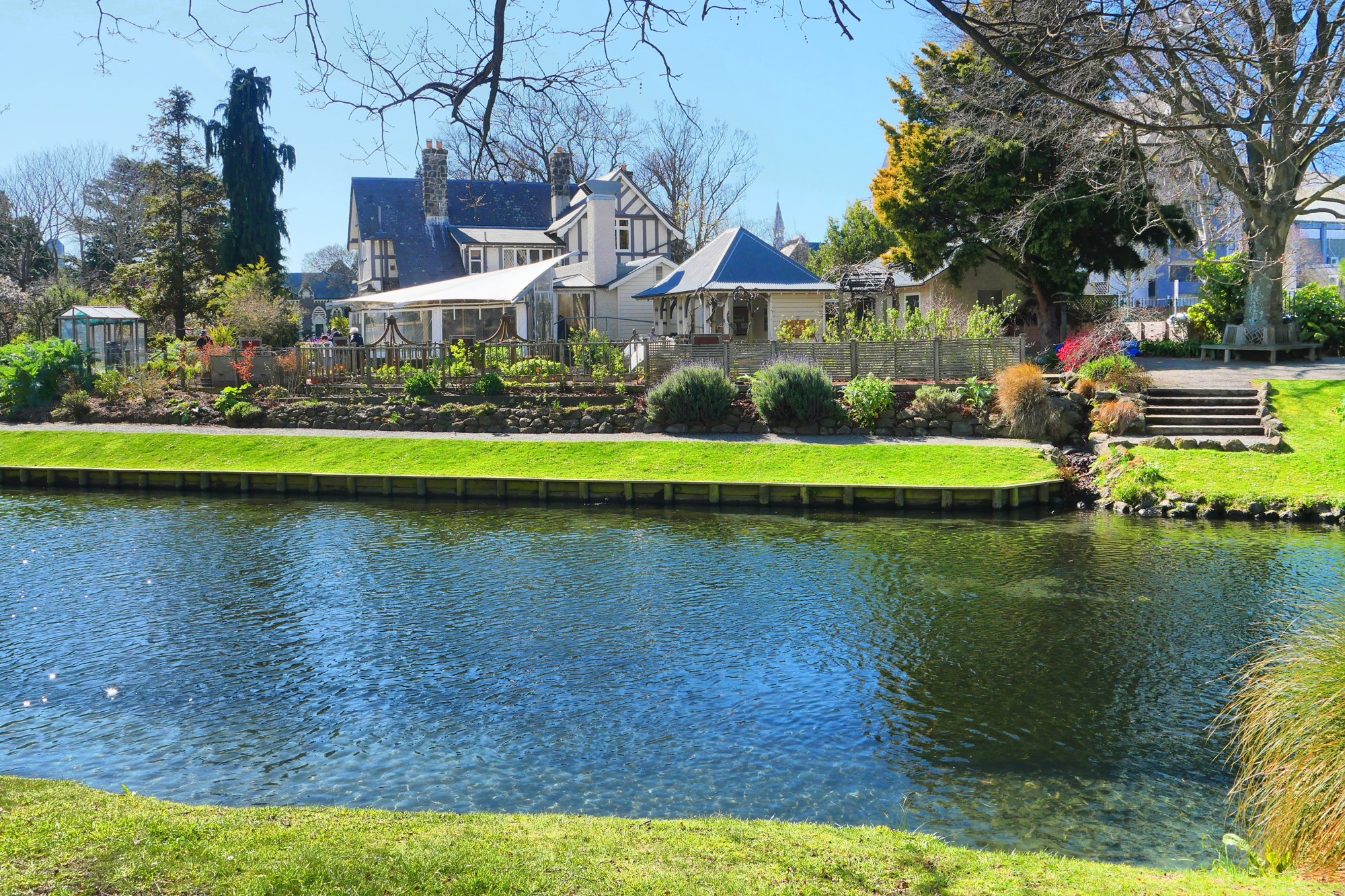
Kaikoura
Another hotspot is the former fishing village of Kaikoura. What at first glance seems like a sleepy little village is actually the whale-watching capital of New Zealand. Countless dolphins, seals, sperm whales, humpback whales and orcas cavort off the coast of the peninsula. If you include Kaikoura on your itinerary, don't miss the chance to watch the majestic whales and go snorkelling with the seals - experiences you'll never forget. In addition, albatrosses, which are very rare and whose wings can reach a wingspan of up to 3.3 meters, are also resident in the vicinity. If you are interested in the fauna of New Zealand, you should not miss Kaikoura.
Check out this post on Instagram
